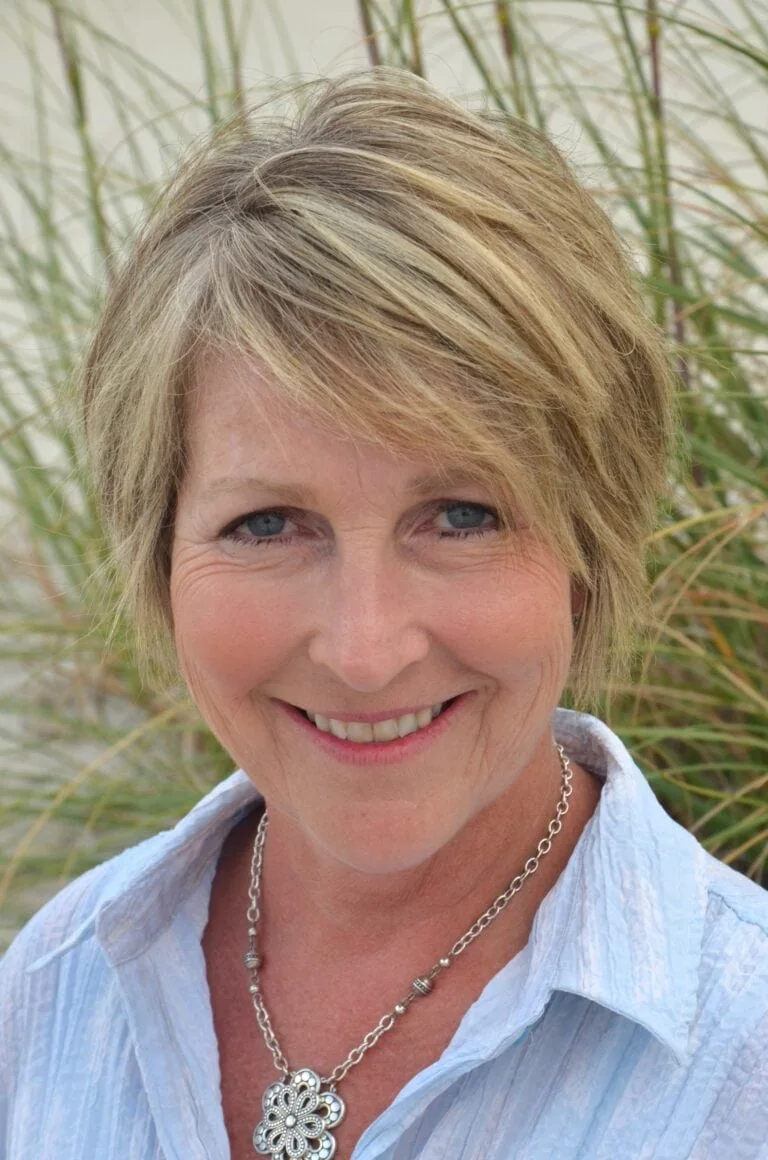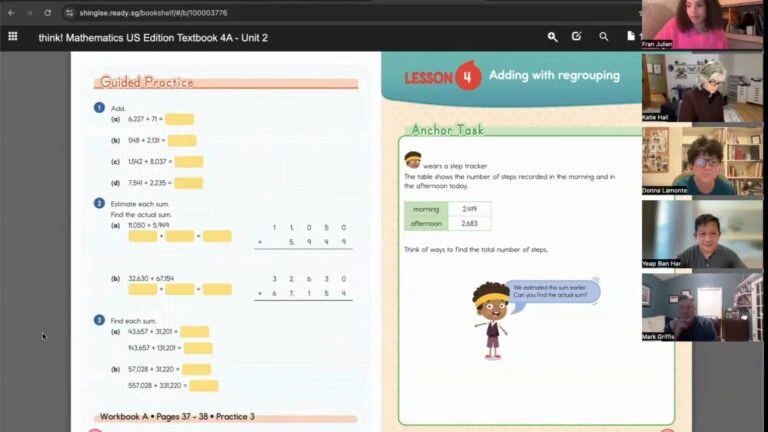Starting with a Story: Using Children’s Books to Spark Mathematical Thinking
We were thrilled to have Sue O’Connell join our recent roundtable, sharing her passion and expertise in blending literature with math instruction. Drawing from her rich background as a classroom teacher, math coach, reading specialist, and lead author for Heinemann Publishing, Sue painted a vivid picture of how stories can bring math to life for students.
Sue highlighted the magic of using narratives to frame mathematical ideas, making abstract concepts tangible. For example, one story featured a nighttime picnic where Mama pulls moon cakes from a basket to share with family and neighbors gathered under the full moon. Using 10 frames and counters, students explored addition by physically representing moon cakes and creating equations like 3 + 10 = 13. This hands-on investigation sparked lively partner discussions about number patterns, place value, and the meaning behind digits—like how the “1” in 13 represents a group of ten.
Another favorite was Dragons Love Tacos—a playful story about dragons who love taco parties but hate spicy salsa. Sue used the taco party context to introduce multiplication with large numbers, such as “four trays with 20 tacos each.” Students modeled these groups with manipulatives, discovering strategies to multiply by multiples of ten even before formally learning the method. The story’s fun setting made math feel relevant and exciting, encouraging students to predict and explain patterns in their results.
Throughout these lessons, Sue emphasized the power of stories to fuel curiosity and conversation. She repeatedly asked students, “What do you notice?” fostering deep observation and critical thinking. The stories provided a shared context that helped all students, regardless of background, start on an equal footing—a vital step toward equitable math classrooms.
Sue also shared valuable resources, including curated Padlets with children’s books linked to math concepts for grades K–2 and 3–5, and a dedicated Facebook group called Math in Practice. Plus, her series Math by the Book offers lesson sets for each grade level that start with a story and build rich investigations around key math topics.
When asked about pacing, Sue recommended spending a week or more exploring math through a single story’s context. This allows students to dive deeply, making connections and practicing skills in a way that feels coherent and meaningful, rather than a quick, disconnected activity.
The session wrapped up with a spirit of community and generosity, as attendees had the chance to win copies of Grandma’s Purse and The Autumn Moon—books that beautifully illustrate the power of literature to spark math joy.
Sue’s presentation was a reminder that math isn’t just about numbers on a page. It’s about stories, curiosity, collaboration, and discovery. Bringing those stories into the classroom invites students to think, talk, and truly understand math in a richer, more joyful way.


